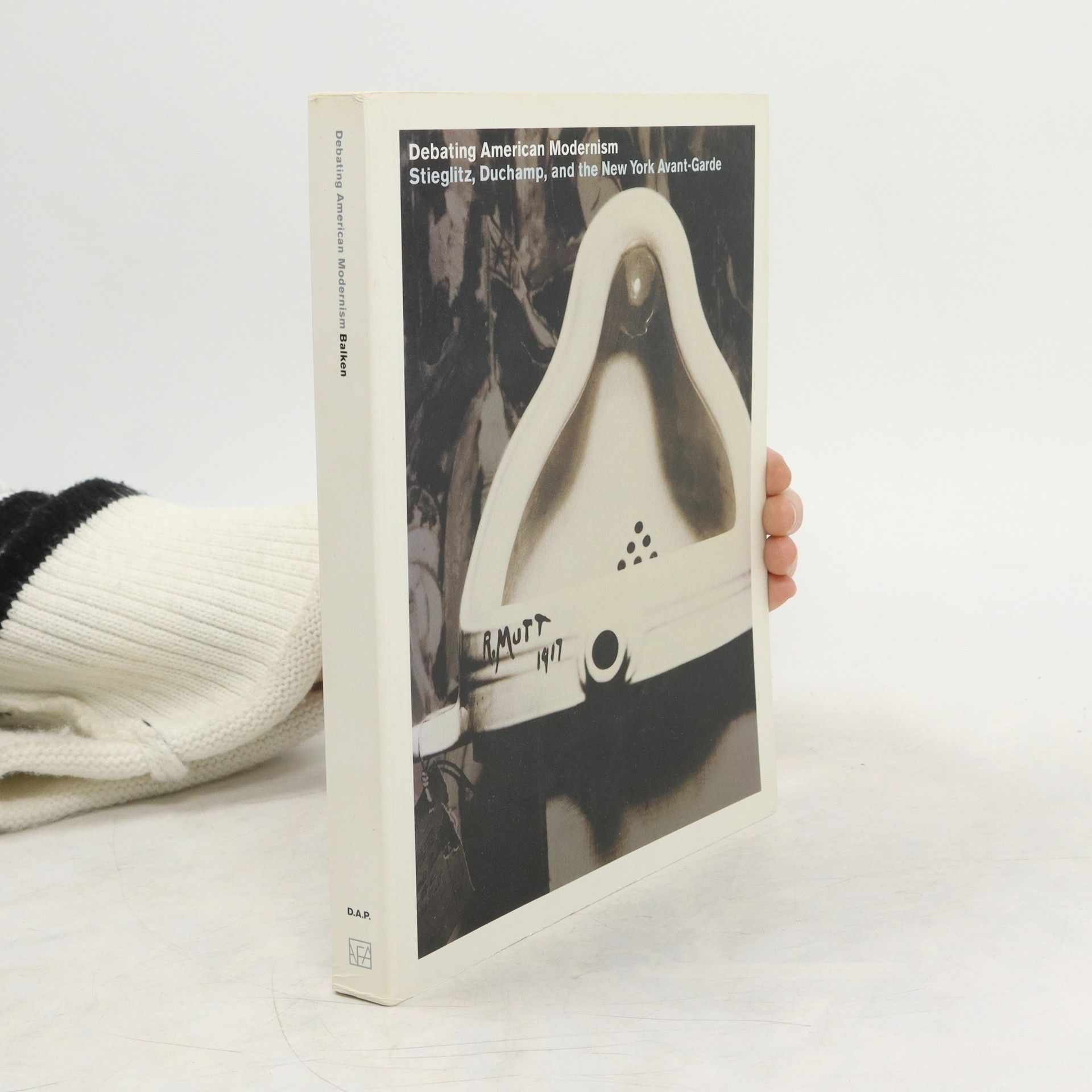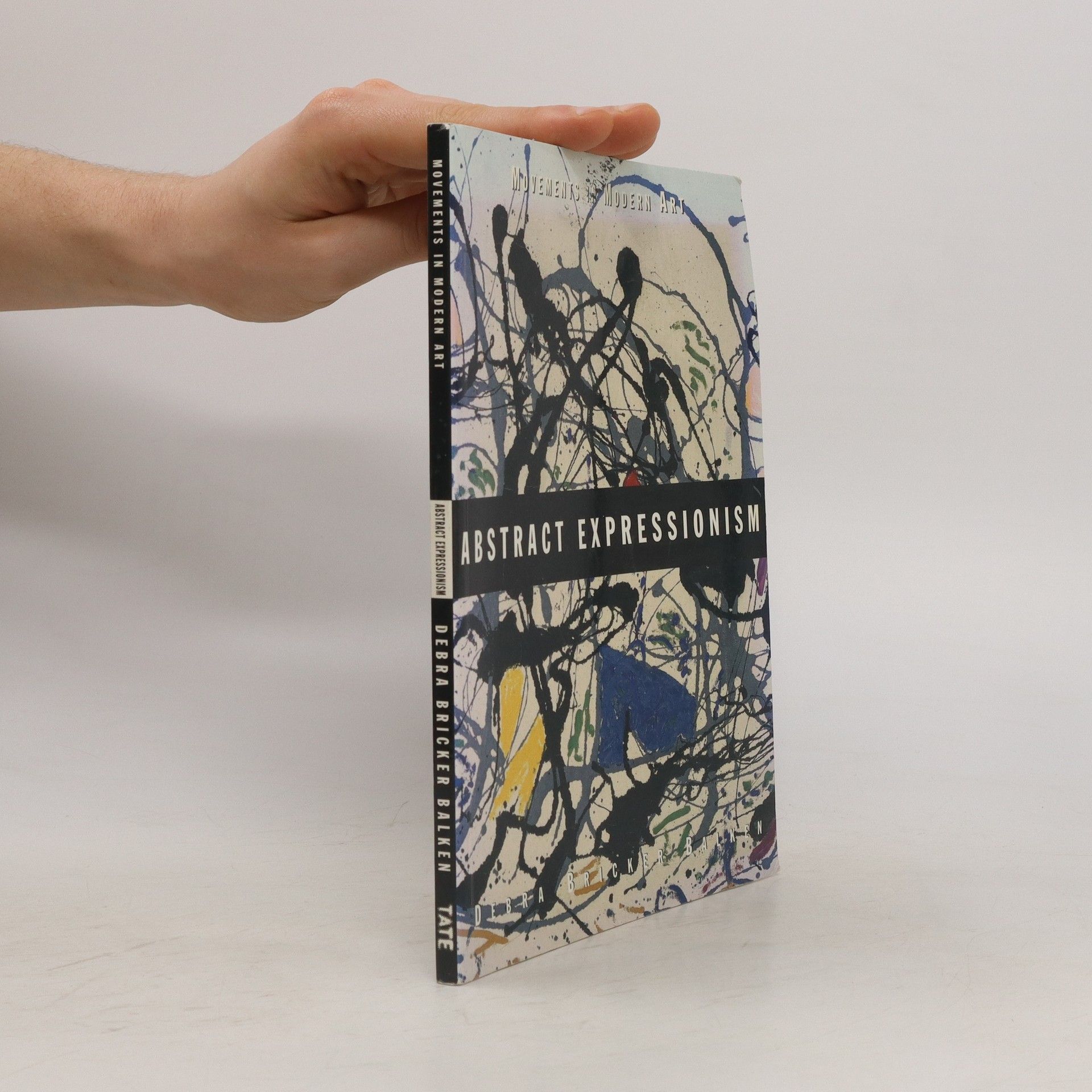Abstract Expressionism (Movements in Modern Art)
- 80bladzijden
- 3 uur lezen
In this incisive study, the curator and writer Debra Bricker Balken examines the work of the leading artists associated with Abstract Expressionism, including Willem de Kooning, Lee Krasner, Robert Motherwell, Barnett Newman, Jackson Pollock and Mark Rothko. At the same time she examines the myths surrounding the movement, the variation in the motivation and practice of artists grouped by art historians under the same heading, and the role played by critics in the movement's reception, both at the time and up to the present day.Of equal value to the general reader and the art historical scholar alike, Balken's text is a valuable addition to the literature on one of the most influential of all twentieth-century art movements.




